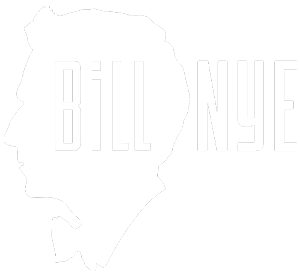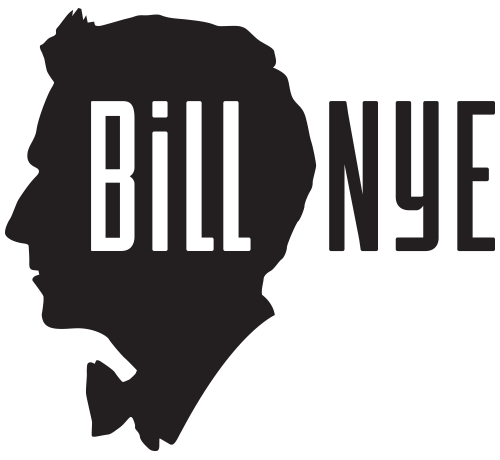Forensics
Hold it right there, buddy – it’s the “Forensics” show
Forensic scientists try to find out the who, what, when, where, and why of events in the past – crimes. Most forensic scientists work in police labs. They collect evidence from the scene of a crime and analyze the evidence in a lab. Forensic scientists look for clues that will help them solve a crime. Fingerprints, footprints, hair, blood, and traces of gunpowder can be helpful evidence. Forensic scientists use all sorts of scientific instruments to analyze even the smallest bit of hair or the tiniest chip of paint. By scientifically testing evidence from the crime scene, and by knowing about evidence from past cases, forensic scientists can piece together what happened, to figure out who did what, and to help police catch a criminal.
The Forensics episode is so good, to miss it should be a crime.
The Big Ideas
- Forensics is the science of reconstructing events.
- Forensic scientists study patterns to answer questions about the past.
Did You Know That?
- There are four basic fingerprint shapes — whorl, loop, spiral, and arch?
- Forensic scientists analyze works of art to see if they’re real or fake?
- By studying microscopic drops of saliva, forensic scientists can tell exactly who blew out a candle even 20 years later?
Books of Science!
- “Scientific Crime Investigation” by Jenny Tesar. Published by Franklin Watts, 1991.
- “Fingerprint Detective” by Robert H. Millimaki. Published by J. B. Lippincott, 1973.
- “Police Lab” by Melvin Berger. Published by The John Day Company, 1976.


